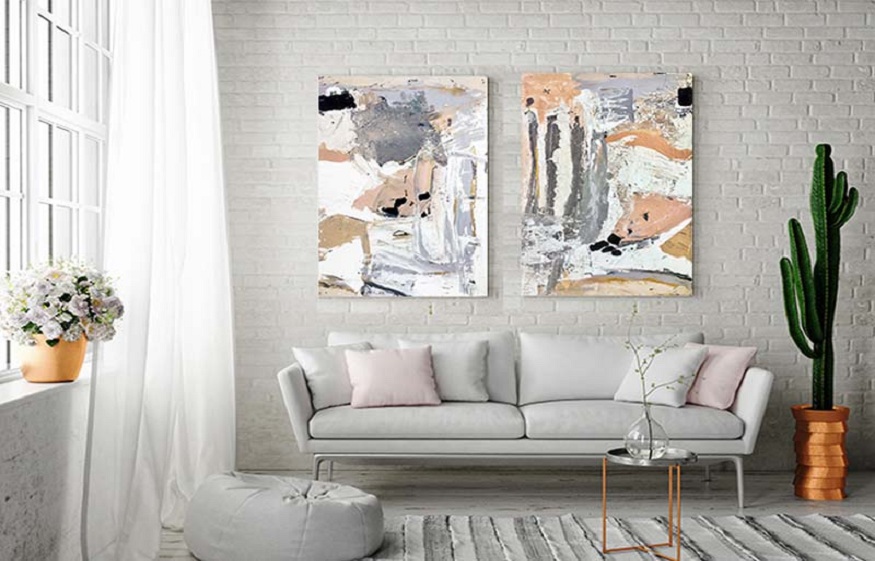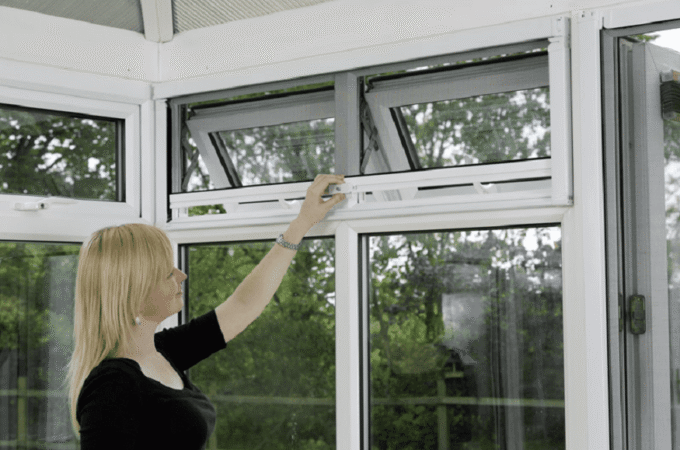
How To Ensure Your Home Artwork Last Longer
Many factors can impact the usefulness of a collection or a piece of art, including humidity, light and insect infestations, and electrical failures, as well as a lack of security systems and bad care.
When it comes to protecting collections from damage and degradation, preventive conservation is an approach that relies on the identification and quantification of “agents of degradation” and “risks.”
Regarding art, two aspects must be considered by collectors and art lovers when establishing its value. The first is about the work’s historical and cultural significance, and the second is about its conservation status, which impacts the first.
What factors to consider regarding safety and risk prevention for your artworks?
Many customers complain that their treasured possessions have deteriorated due to their lack of awareness of preventive techniques. History of decline was reflected in its devaluation as an art object, reducing its worth. If we paid attention to each object’s unique characteristics, we would automatically adhere to the basic conservation principles.
Each job should be evaluated regularly to spot any potential isses as soon as feasible and thus be able to respond uickly.
There are factors to consider in terms of safety and risk prevention for your works of art, whether they are in a private collection, at home, a gallery, or a museum:
● Sunlight
Avoid improper and excessive exposure to light and UV and artificial radiation. Always seek to frame your works with museum glass, which, in addition to UV protection, has anti-reflective technology incomparable to any other type of glass, being almost invisible. For larger collections and exhibitions, we recommend installing colorless sun protection films on the external windows of the place. In addition, there are curtains, louvers, and shutters to reduce or eliminate excessive light.
● Humidity
Mold growth and hastened degradation are exacerbated by high humidity and salty air, so stay away from these sources of moisture. Corrosion and oxidation can occur to a great extent on metal parts. Preventive conservation measures, such as enclosing artwork in frames, display boxes, or watertight envelopes, can help keep it safe from the elements over the long term. It is possible to find corrosion prevention agents for virtually invisible metals.
● Storage
Display or store your artwork in a temperature-controlled space between 18 and 25 degrees Celsius. Generally, the degradation of all organic matter, including canvas, paper, and other textiles, can be accelerated by heat (high temperatures). This should be avoided whenever possible.
Although installing an air conditioning system can help, keep in mind that it must be continuously on, day and night, throughout the year. Condensation moisture can form when air conditioners are turned on day and night, causing extreme temperature and humidity shifts. Furthermore, air conditioners that are not continually turned on are detrimental and speed up the deterioration of their components!
● Leaks/Flood
The plumbing and water supply on the property should be checked frequently to avoid any leaks and floods. Avoid putting art on walls that also have plumbing. In addition, you should keep your work at least eight to thirty cm from the ground. Enchanted buoys can fill water tanks to overflowing; therefore, it’s essential to check them out regularly as a precaution.
● Fire
It’s important to keep an eye out for fire and fire threats, especially regarding air conditioners and other electrical appliances. The most devastating and most significant risk to art storage facilities is fire. In 90% of cases, fires are caused by the installation or electrical appliance faults.
● Air quality
Always maintain the surrounding area and the artwork’s surfaces clean, including checking the air quality and looking for dust. On the other hand, cleaning requires the expertise of trained conservators or restorers and should not be attempted by the average homeowner. Incorrect cleaning methods or products used by amateurs can result in permanent damage or even the loss of valuable materials.
● Pests
Insecticides and pesticides are needed to protect the environment from xylophagous insects, such as termites, borers, and bibliophages. If you see fecal pellets, bug dust, or holes in your work, bubble wraps the area and contact a professional immediately.
As an effective infestation prevention and monitoring technique, we highly recommend creating an integrated pest management program. The reproducers (also known as crabs or flying termites) are active in the first humid and hot spring days, flying towards the light to establish new colonies, as seen in street lamps or even within your home.
Doors and windows should be shut tightly, and lights should be turned off whenever possible to avoid attracting insects on these days. After landing, termites begin to shed their wings in search of wood or cellulose-based object to build their new nest.
● Installation
Look for art installation and transportation crews who specialize in art. Nylon, cotton, or picture frame nails should never be used to hang artwork. Always use dowels and screws or other professional fastening techniques to prevent theft. Always drive upright in a vehicle with a closed trunk or transport screen.
● Theft
Preventing criminal activity and damage is an important part of your job. Security cameras, anti-burglar doors, and systems linked to a central place can be recorded in the cloud or elsewhere. If artwork is damaged or destroyed, it can escape financial ruin by purchasing artwork insurance.
● Maintenance
Don’t use any cleansers or solvents on the painting’s surface to clean it if it’s not behind glass or acrylic. Instead, use a delicate feather duster or sable brush to dust the artwork lightly.
Always use a soft, non-abrasive cloth or microfiber towel to clean the glass or acrylic panel covering your artwork. A glass cleaner that doesn’t contain ammonia or acrylic should also be considered.
Where can you get sacred icons or artworks for your home?
With your phone or computer, you are a step to purchasing your dream artwork. Check our HolyArt website for intriguing and captivating artwork to add to your home. These artwork are just perfect for your home. Hurry up and check them out.





